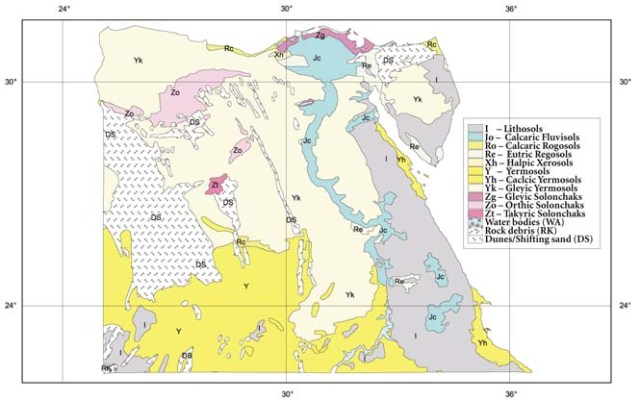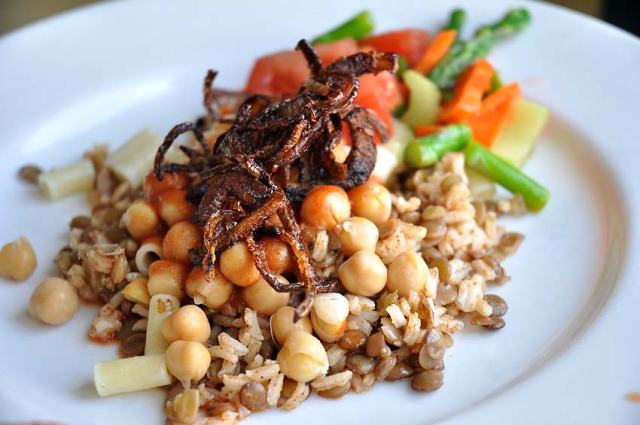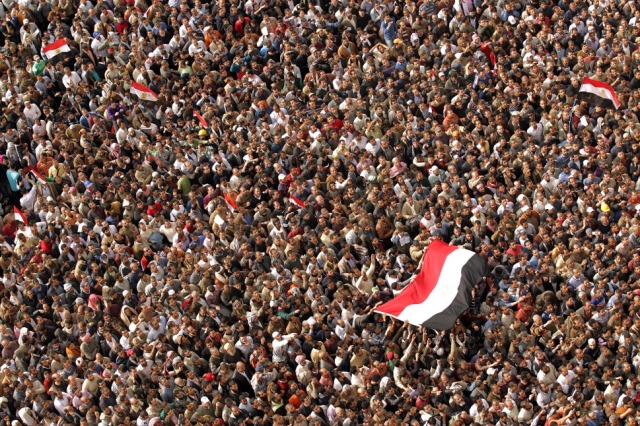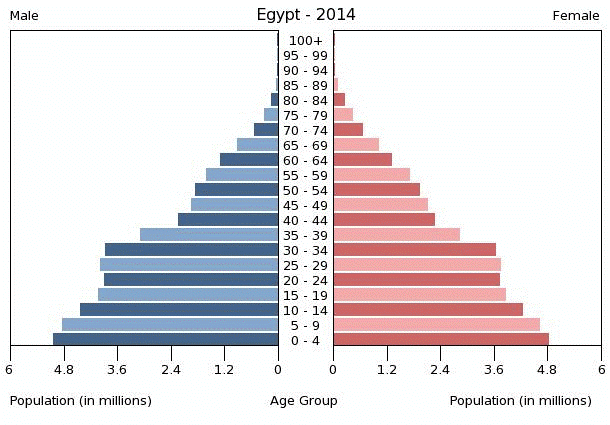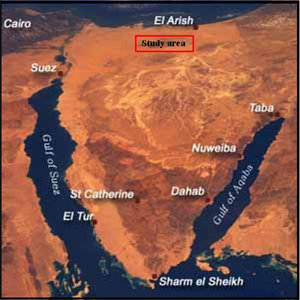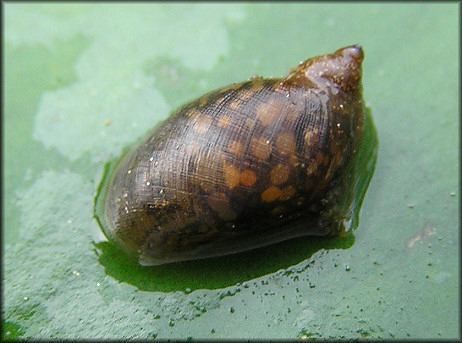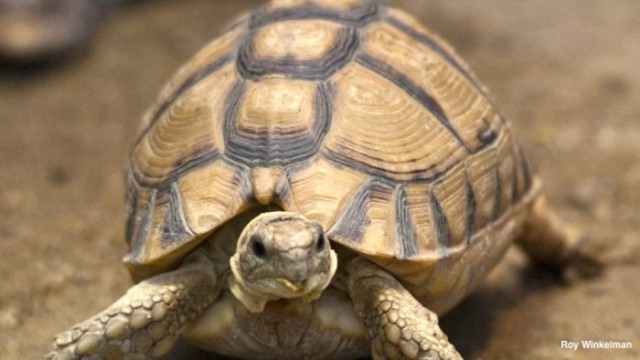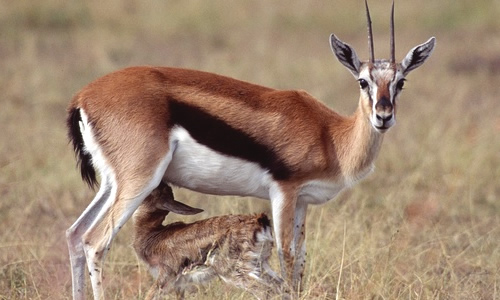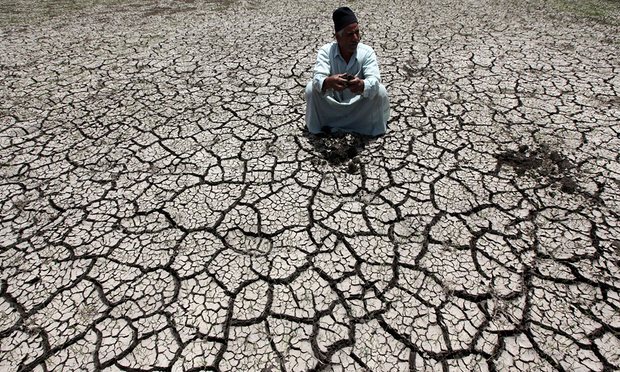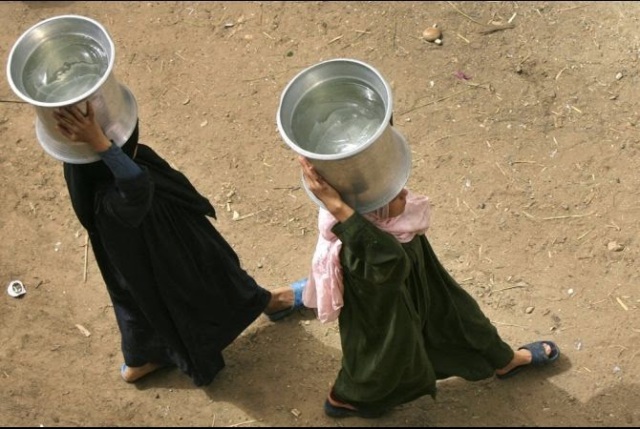1. Describe the average daily nutrient intake for the citizens in your country. Are there common issues of malnourishment or nutrient deficiencies? What about problems of over nourishment?
One of 20 countries in the world with the highest number of children suffering from chronic malnutrition. Since 1990 the number of underweight children has not improved. 11% of infants are born with a low birth weight and 3 out of 10 infants need some form of supplementation when they are 4-5 months. There is also vitamin and mineral deficiencies. 40% of women, 50% of children under the age of 5 suffer from anemia which is iron deficiency. Because of poor nutrition so early in a child’s life, it causes irreversible effects such as stunted growth and stagnant cognitive development.
- Stunting of children under the age of 5:29%
- Wasting of children under the age of 5:7%
- Underweight of children under the age of 5: 6%
- Exclusive breast feeding (Up to 6 months): 53%
- Iodized salt utilization (household level):79%
2. Describe (with images) the local specialties and typical cuisine.
Koushari (vegetarian dish: lentils, macaroni, rice, chickpeas)
Aish Baladi (pita bread)
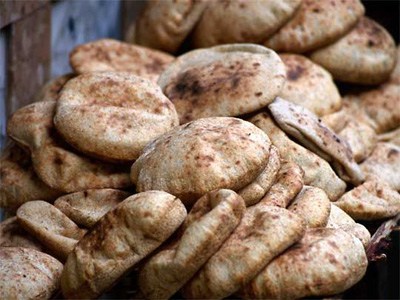
Kebab (grilled lamb)
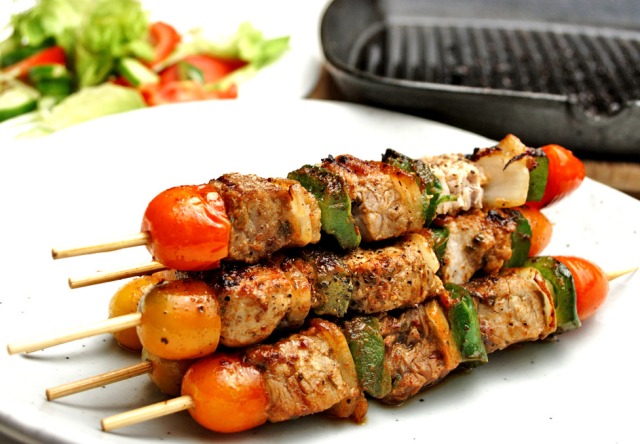
Fuul (bean paste)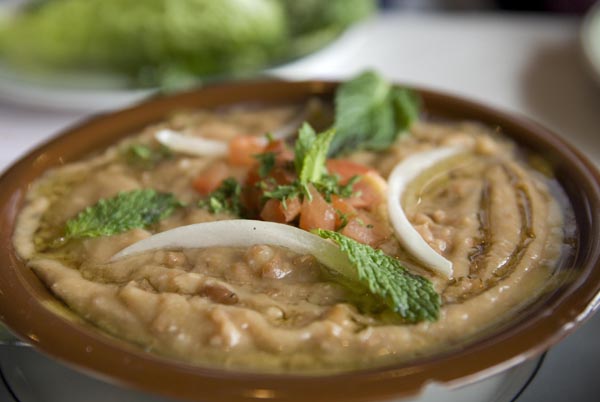
3. Explain where most of the food comes from (grown, imported etc.) and describe the typical farming practices. What are the major agricultural products, exports and imports?
Cotton use to be Egypt’s most stable crop, it is no longer an important export. Egypt is a producer of wheat, corn, sugarcane, fruit and vegetables and rice. Principal fruits that are grown include citrus, dates and grapes. Because of the increasing population and depleting water supply, Egypt relies heavily on food imports. Currently the country imports 60 percent of its food including fruit and vegetables, grains, sugar and meat. Egypt imports 2/3 of its wheat, 70% of its beans and 99% of its lentils.
Agricultural land in Egypt is confined between the Nile Valley and the delta. The total cultivated area represents only 3% of the total land area. The differences in climate between the north and south of Egypt impact the distribution of crops. Since the delta is more humid it suits cotton. The south is hotter and drier so sugarcane and lentils are typically grown there. One farming practice they use in Egypt is perennial irrigation. It allowed double and triple cropping on most arable land, enabling farmers to have crop rotation over a three year cycle. Most Egyptian farms had a variety of crops, there is minimal single cropping in Egypt.
The government exercises laws over the control for agriculture. They make sure farms are using the best irrigated water and that cotton planting is limited due to the large amount of water needed to grow them.

4. What is the status of the soil? What fraction of the land is arable? What fraction is actually farmed? What land use practices are causing soil degradation? What practices are in use to prevent degradation?
Egypt has a diverse range of soil types but the most cultivated soils are a clay and loam texture. Organic matter in soil is low so the level of Nitrogen is low too. The most common soil group found on Egypt’s land is Arenosols. Arable land in Egypt totals to 3.3 million hectares, around 3% of total land. Most irrigated lands are degraded because of salinity and water logging. To prevent degradation there needs to be land management which includes: the proper use of reclaimable land, recycling of organic matter to use as fertilizer, growing of appropriate crops etc.